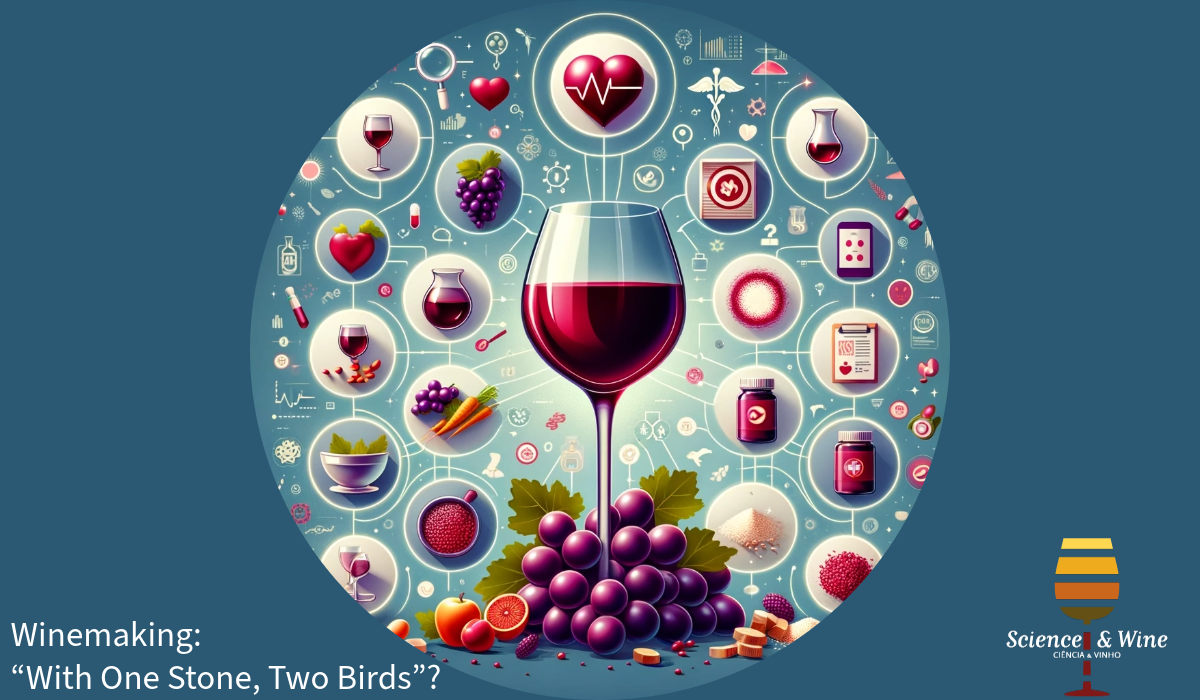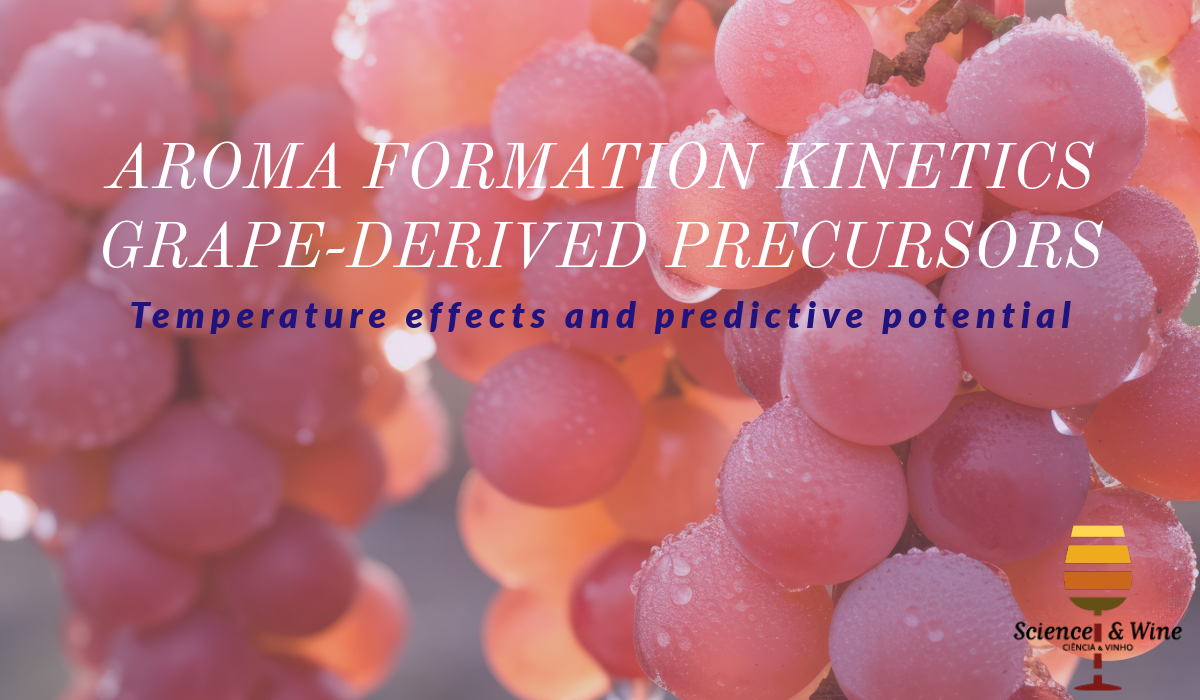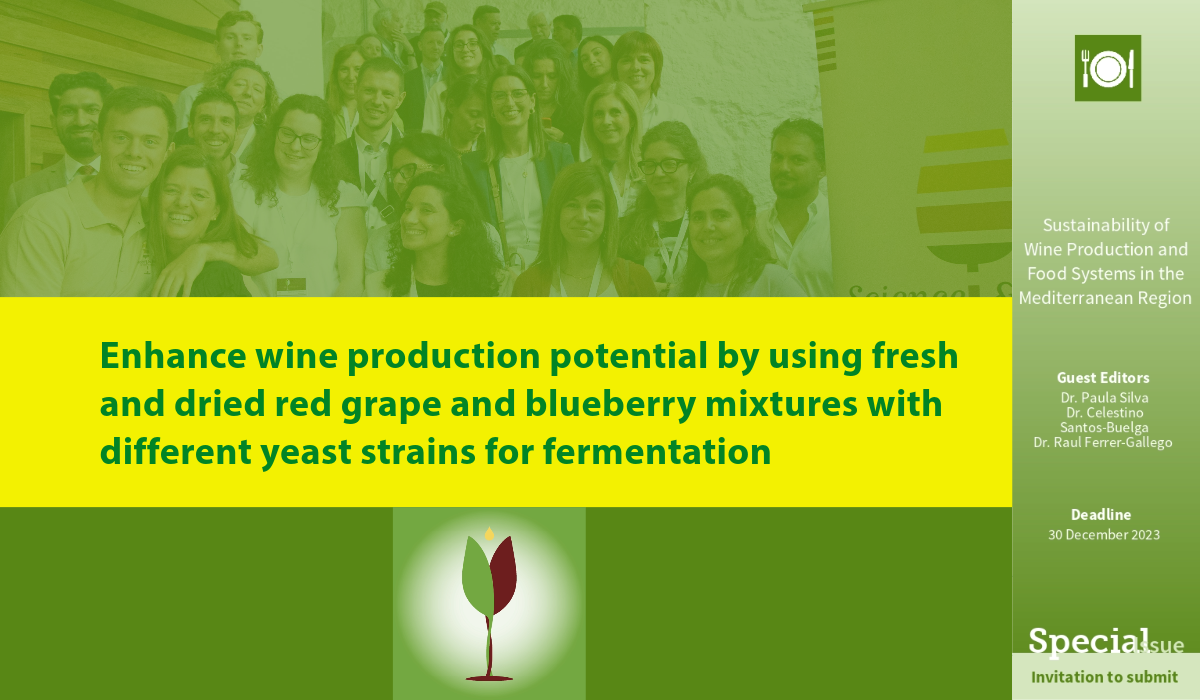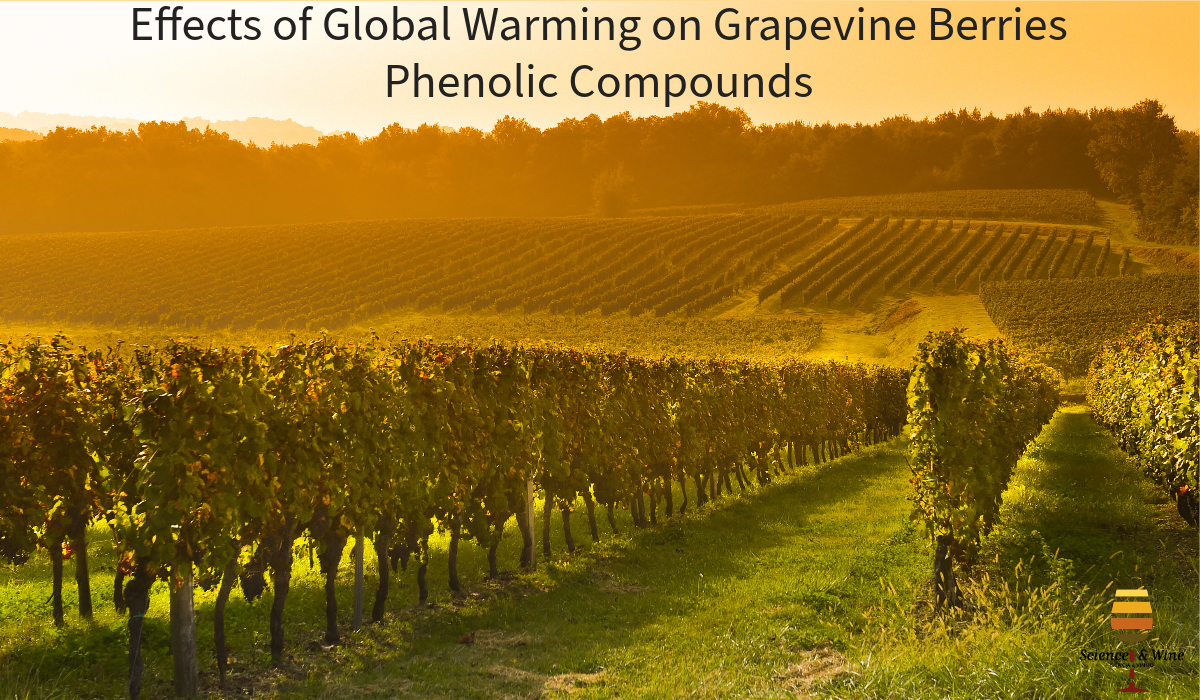The emergence of nonalcoholic wines is driven by health, economic, and social factors, meeting growing consumer interest in healthier lifestyles. The health benefits of low-alcohol and nonalcoholic wines, particularly cardiovascular health, are increasingly recognized. Winemakers can diversify their product lines using these alternatives, extend their customer base, and contribute to public health. Advanced production techniques such as vacuum distillation, spinning cone columns, and reverse osmosis reduce alcohol content without compromising quality. The expanding market for low-alcohol wines offers significant growth opportunities, enabling winemakers to diversify their revenue streams and enhance profitability. Evolving regulations, especially in Europe, emphasize transparency in labeling and nutritional information, aligned with consumer preferences. Incorporating low-alcohol and nonalcoholic wines is a strategic move for winemakers, ensuring competitiveness and relevance in a changing market.

Wine waste valorisation: crushing the research domain
The paper, “Wine waste valorisation: crushing the research domain,” delves deeply into sustainability practices and the implementation of circular economy strategies in the wine industry. This highlights the urgent need for the wine industry to adopt sustainable and profitable methods for waste valorization, addressing both environmental and economic sustainability goals. This study conducted a systematic literature review of 67 scientific papers and additional grey literature to provide a comprehensive overview of current practices and gaps in the research.

Effects of post-fermentation addition of green tea extract for sulfur dioxide replacement on Sauvignon Blanc wine phenolic composition, antioxidant capacity, colour, and mouthfeel attributes
This study emphasises the potential of green tea extract as a prospective preservative in winemaking, which is capable of improving the phenolic content and antioxidant capacity of wine while preserving its sensory characteristics. However, additional research is necessary to thoroughly understand the long-term consequences of using green tea extracts in winemaking, including their impact on wine aroma, flavour, and aging characteristics.

Attitudes towards natural wines among Spanish winemakers: Relationship with environmental awareness
this research pioneers in revealing the complex interplay of ecological awareness, sensory perceptions, and market understanding in shaping Spanish winemakers’ attitudes towards NWs. It underscores the need for further research to bridge the gap in consumer and producer perceptions and to address the current asymmetry of information in the wine market. The study’s limitations include its reliance on convenience sampling, suggesting a need for more comprehensive future research designs.

Application of white wine lees for promoting lactic acid bacteria growth and malolactic fermentation in wine
This study explored the potential of utilising white wine lees, a by-product of winemaking, in the industrial application of wine production. By examining the growth of wine lactic acid bacteria and their impact on the malolactic fermentation process, this study highlights the potential of using wine lees as a beneficial agent for MLF in red wines. The study also confirmed that the inclusion of white wine lees does not negatively impact the quality of wine and does not encourage the growth of spoilage microorganisms. Overall, this study proposes a sustainable recycling strategy for wine by-products in winemaking.

Winemaking: “With One Stone, Two Birds”? A Holistic Review of the Bio-Functional Compounds, Applications and Health Benefits of Wine and Wineries’ By-Products
The paper titled “Winemaking: ‘With One Stone Two Birds’? A Holistic Review of the Bio-Functional Compounds, Applications and Health Benefits of Wine and Wineries’ By-Products” provides a comprehensive review of the health benefits and applications of bio-functional compounds found in wine and by-products of wineries. It explores the nutritional value, bio-functional components, and health-promoting properties of these compounds, particularly their antioxidant, anti-inflammatory, and antithrombotic effects. The paper also discusses the beneficial effects of moderate wine consumption as part of a balanced diet and examines the potential of wineries’ by-products in developing functional foods, supplements, and nutraceuticals. Limitations and future perspectives of these bioactive compounds are also addressed.

Kinetics of aroma formation from grape-derived precursors: Temperature effects and predictive potential
This study examined the accumulation and degradation of aroma molecules resulting from the acid hydrolysis of aroma precursors in winemaking grapes. It utilizes a first-order kinetic model to effectively describe both processes. This study categorizes grape-derived aroma molecules into three groups based on their stability through experiments conducted at three different temperatures. The analysis of 12 samples from two grape varieties subjected to hydrolysis at varying temperatures confirmed that fast hydrolysis at 75°C accurately reproduced varietal and between-sample aroma differences. Additionally, the study found a strong correlation between the accumulated levels of 21 relevant grape-derived aromas at 75°C and 50°C, indicating that fast hydrolysis at 75°C is a reliable predictor of grape aroma potential.

A key to wine conservation lies in the glass–cork interface
Discover the key to preserving the exquisite flavors of premium wines! In a groundbreaking study published in PNAS Nexus, researchers delve into the glass–cork interface, unraveling the mysteries of oxygen entry during long-term wine aging.
The study, led by Julie Chanut et al., explores the evolution of oxygen barrier properties in the bottleneck–stopper system over 24 months. Surprisingly, temperature and bottle position (vertical or horizontal) don’t impact the intrinsic oxygen diffusion of microagglomerated corks. However, storing wines at higher temperatures accelerates oxygen transfer at the glass–cork interface after specific periods.

Enhance Wine Production Potential by Using Fresh and Dried Red Grape and Blueberry Mixtures with Different Yeast Strains for Fermentation
Our colleague Juan Martín-Gómez from Universidad de Córdoba, Spain presented a fascinating research study on the ‘Sustainability of wine production and food systems in the Mediterranean region’ at the 3rd World Science & Wine Congress. This study focused on replacing traditional sun-drying methods in Mediterranean winemaking with controlled-airflow chamber-drying. This alternative technique improves the quality, phenolic content, and antioxidant properties of red grapes and blueberries. Furthermore, the post encourages researchers to consider submitting their work to a special joint issue. Because these issues are interdisciplinary, authors are given the flexibility to choose from several participating journals based on their research scope. The options include Foods; Sustainability; IJERPH; Agriculture.

Effects of Global Warming on Grapevine Berries Phenolic Compounds—A Review
As autumn heat reaches unprecedented levels, a groundbreaking study delves into the impact of climate change on phenolic compounds in grapevine berries. These findings challenge traditional winemaking norms, emphasizing the need for tailored approaches to combat climate challenges. The study advocates for a nuanced, “single case” perspective, recognizing the diversity of grapevine environments. Standardizing treatments across different cultivars, legislations, and regions is impractical. Instead, the focus has shifted to individual vineyards, embracing the concept of terroir, where unique natural, physical, and climatic conditions influence wine characteristics. This flexible approach encourages winegrowers and consumers to appreciate each vintage’s distinctiveness. By acknowledging and adapting to climatic changes, winemaking can evolve and foster innovative techniques and novel taste experiences. Resisting the urge for uniformity might simply unlock new dimensions in the wine world.

